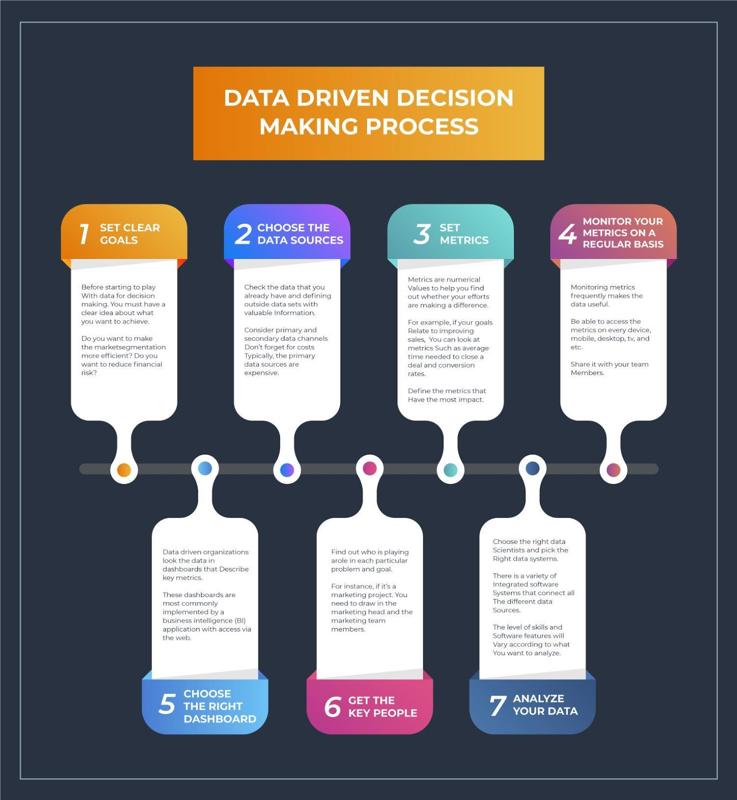How to Master Public Speaking Without Fear
Overcoming Anxiety and Building Effective Communication Skills

Frequently Asked Questions
Common fears include fear of judgment, forgetting content, and not being able to engage the audience effectively.
Practicing public speaking can increase familiarity with the content, build confidence, and enhance delivery skills, ultimately reducing anxiety when speaking in front of an audience.
Step by Step Guide
1
Understanding the Basics of Public Speaking
Start by familiarizing yourself with the fundamentals of public speaking. Learn about its purpose, different types of speeches, and the characteristics of a good speaker. This foundational knowledge will help reduce fear by knowing what to expect.
2
Identifying Your Fears
Self-reflection is key. Write down what specifically makes you anxious about public speaking. Is it the fear of being judged, forgetting what to say, or not engaging your audience? Understanding your fears is the first step towards conquering them.
3
Preparing and Practicing Your Speech
Choose a topic you are passionate about and craft a speech around it. Write it down, structure it logically with an introduction, body, and conclusion, and practice it multiple times. Familiarity with your content will help ease your nerves.
4
Practicing Breathing Techniques
Before speaking, practice deep breathing exercises. Inhale slowly through your nose, hold for a moment, and exhale through your mouth. This helps lower anxiety levels and clears your mind.
5
Visualizing Success
Close your eyes and visualize yourself delivering your speech successfully. Imagine the audience clapping and engaging with you. Positive visualization can greatly boost your confidence.
6
Recording Yourself
Use a camera or your smartphone to record yourself delivering your speech. Review the footage to identify areas of improvement while also recognizing your strengths. This practice will increase your comfort level.
7
Understanding Your Audience
Research and understand the audience you will be speaking to. Knowing their interests can help tailor your speech and create a stronger connection, which can alleviate fear.
8
Developing Your Unique Speaking Style
Every speaker has a unique voice and style. Experiment with tone, pace, and body language to find what feels natural to you. Embracing your individuality will help build confidence on stage.
9
Starting with Smaller Groups
Begin your public speaking journey by addressing smaller groups of friends or family. Gradually increase your audience size as you become more comfortable, helping to reduce performance anxiety.
10
Embracing Mistakes
Understand that mistakes are a part of learning. If you stumble during your speech, pause, take a breath, and proceed. Most audiences are forgiving and appreciate sincerity.
11
Seeking Feedback
After speaking, ask for constructive feedback from your audience or peers. This will help you gauge how well you performed and provide you with insights for improvement.
12
Continuously Learning
Public speaking is a skill that can always be improved. Attend workshops, join clubs like Toastmasters, or read books on public speaking to enhance your abilities over time.
13
Staying Calm on the Day of the Speech
On the day of your speech, arrive early, familiarize yourself with the venue, and use relaxation techniques to calm any nerves. Remember to focus on your breathing and stay centered.
14
Engaging with Your Audience
Make eye contact, use humor, and encourage participation where appropriate. Engaging with your audience helps create a connection which can ease your anxiety.
15
Reflecting After Each Speech
After every speaking engagement, take time to reflect on what went well and what could be improved. Use this insight for personal growth and to systematically decrease anxiety levels over time.








